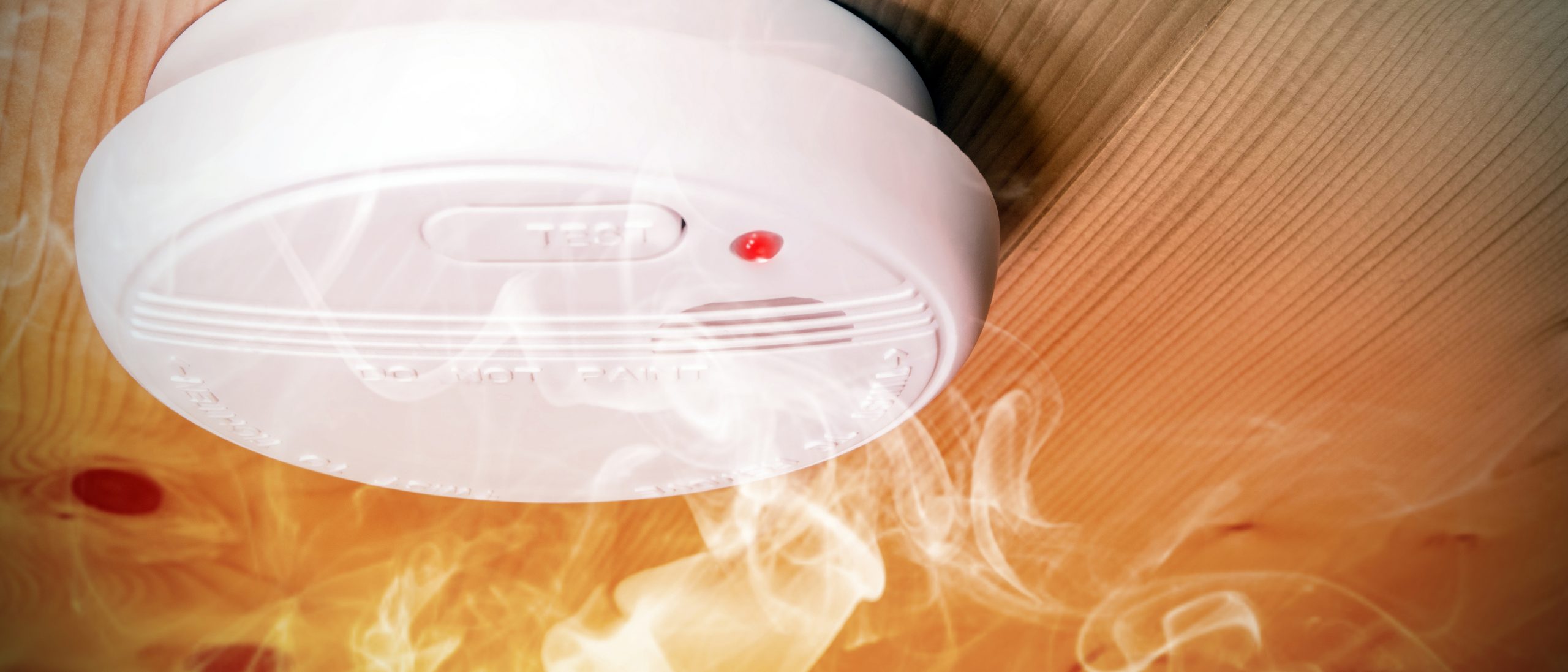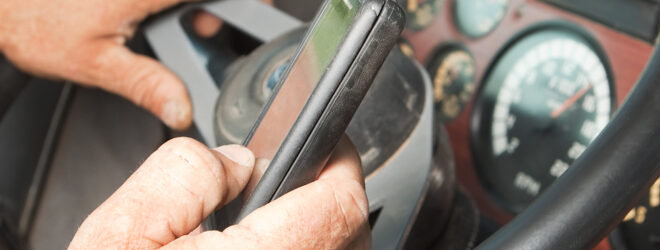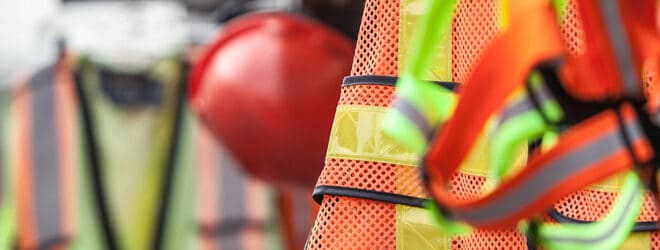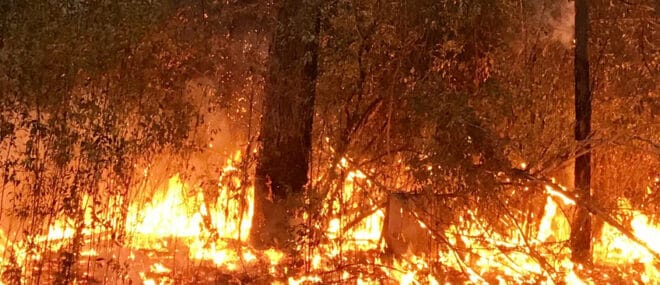Thousands of fires are reported each year in Canada, and residential fires account for nearly two thirds of structure losses in many regions. But damage to your home is only one possible outcome; even a small fire can turn fatal quickly, especially when you’re not prepared.
As Fire Prevention Week is upon us, take the opportunity to learn some crucial fire facts and tips to help you develop a solid fire safety plan. Begin with these five tips to help you protect your home, your family, and yourself from injury and loss.
- Install fire alarms properly. It may seem like an easy thing to do, but mistakes can be made when installing or replacing smoke detectors and fire alarms. The number of detectors, their placement and position, and testing frequency will all play a role in your level of safety and protection.
There are two different types of smoke alarms: ionization and photoelectric. Since ionization detectors will sound quicker around flaming fires and photoelectric alarms react quicker to smoldering fires, it’s a good idea to have both kinds in the building.
Each level of your home or office should have smoke detectors; larger buildings should have multiple smoke alarms on each level. If possible, mount the detector in the middle of a room. Avoid putting the detector in a recessed ceiling or near vents, doors, or fans. Also, you’ll want to make sure it’s placed more than:
- Two feet from any corner
- Two feet from any light fixture
- 10 feet from a stove
Test smoke alarms at least once every month, and replace the batteries at least twice a year (it can be helpful to do this whenever you change the clocks for Daylight Saving Time). Experts suggest that you install brand new smoke alarms every 10 years.
- Pay attention to cooking and heating equipment. Along with open flames, heating and cooking equipment is a primary source of ignition in the home – and it may be putting you at risk more than you realize.
It should come as no surprise that careless smoking is a leading cause of fire, but equipment like portable heaters, fireplaces, and wood stoves can be just as dangerous. Problems arise when combustibles get too close to the heat source, or when an area isn’t well ventilated. In order to reduce the risk of fire, you can:
- Make sure any heating equipment is installed and maintained by a qualified technician.
- Only burn dry wood in a wood stove or fireplace, and never burn pressure treated wood.
- Clean chimney flues regularly.
- Don’t store wood and other combustibles next to a wood stove or a portable heater.
- Ensure all electrical parts of the heating device are undamaged and in good working order.
Cooking equipment can cause trouble, especially when you let grease, dirt, and damage build up. Make a point to clean hood filters, vents, and grease traps frequently, and be sure everyone knows what to do if a grease fire were to break out in the kitchen: use baking soda, salt, or a class B rated fire extinguisher to fight the flames – never use water.
Along with open flames, heating and cooking equipment is a primary source of ignition in the home – and it may be putting you at risk more than you realize.
- Plan your escape route. Even if you know the building well, don’t assume you can easily get yourself to safety during a fire. After all, thick smoke, intense heat, and general chaos can overload your senses, leaving you trapped and confused if a fire were to break out.
According to the National Fire Protection Association, you should plan two ways out of every room and clearly map your escape routes out on paper. It’s important to practice getting out via those escape routes together, but it’s also crucial that each person practices the route on their own: in some cases, children may need to navigate on their own, so they should have practice finding their way through the house. Babysitters should also be familiar with your escape plan.
Since the smoke from a fire can drastically reduce visibility, you may want to mimic those conditions by finding your way to the door or window at night, with the lights off. When you’re forced to feel your way along your escape route, you can commit the feeling to memory, and that can help you stay calm and confident if you find yourself in a cloud of dark smoke.
- Know how to choose and use a fire extinguisher. You probably come across fire extinguishers fairly often, but have you ever learned what types exist, how to choose the right one for the situation, and how to use it properly?
Every house should have a functioning ABC-rated fire extinguisher, stored in an easily accessible spot. There may not be time to read the instructions before tackling the flames, so it’s important that you understand how to properly use the extinguisher before an emergency occurs. Remember the PASS acronym:
Pull the pin
Aim the nozzle at the base of the fire
Squeeze the trigger
Sweep the extinguisher from side to side
Fire extinguishers should only be used when the fire is small and contained – a large fire calls for professional help. When in doubt, err on the side of caution by leaving the building and calling the fire department from a safer location.
- Learn about fire dangers. Knowledge is an important part of preventing fires. The more you know, the better you’ll be able to handle the situation calmly and safely, should a fire break out. Keep these points in mind to help you mitigate the risk and react appropriately:
- Seconds matter. A small flame can turn into a major fire in as little as 30 seconds. In a few minutes, flames could spread throughout a home, filling it with thick, black smoke.
- Heat is more threatening than flame. You might expect that the real danger comes when flames are right next to you, but it’s actually the temperature of the surrounding air that can cause sudden and severe damage: room temperatures can be 600 degrees Fahrenheit at eye level. That’s why it’s so important to stay close to the ground in a fire.
- Flames are bright, but smoke is dark. A fire can light up a room when it begins, but before long the black smoke will cut your visibility, and you could find yourself in complete darkness in a matter of minutes. This is why practicing your escape route in the dark is such an important step in your fire safety plan.
- Toxic air is deadly. Flames are certainly scary, but the smoke and poisonous gases that are released into the air during a fire can make you drowsy, disoriented, and short of breath. In fact, more people die from asphyxiation than burns in fires.¹
Keep these sobering facts in mind to help you prepare, act quickly, and better protect your health and safety. Of course, the more you can do to prevent a fire in the first place, the better. Our Risk Services professionals have a wealth of risk management knowledge to help you build a solid safety strategy.
¹ Home Fires, Ready.gov.




